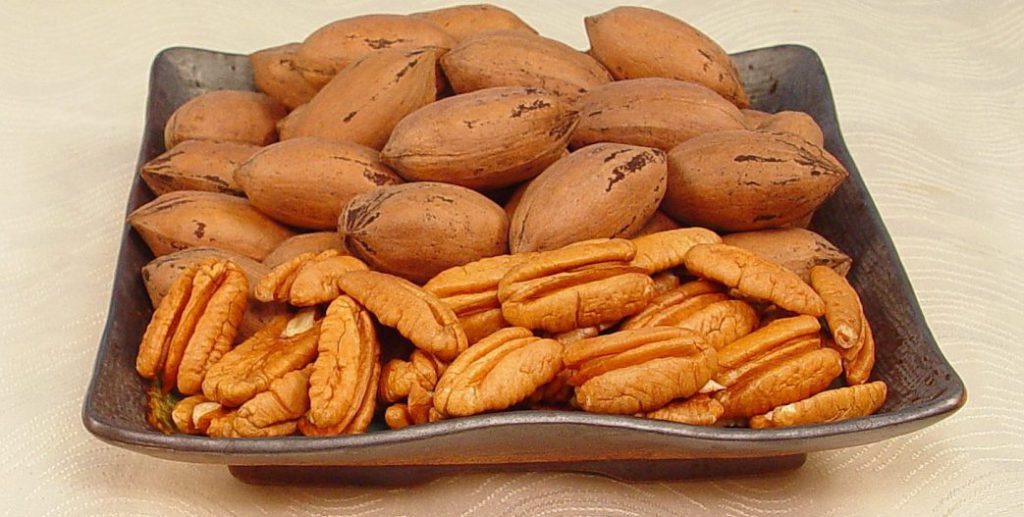
By Clint Thompson
The first rule in cultivar selection for pecan growers is there is no perfect cultivar. What may work for one producer may not for another, believes University of Georgia (UGA) pecan breeder Patrick Conner.
“The difficulty is we don’t have one way of growing pecans. We have small growers, medium-sized growers; growers with hundreds of acres. We have growers that’ll spend a lot on inputs. They need a lot of money back to make those inputs pay off. We have other growers who want to get medium to low inputs and can take a lower price because they have less into the crop in terms of what they’re spending to make that crop,” said Conner, a scientist at the. UGA Tifton campus. “No pecan cultivar does everything. We don’t have varieties that give the perfect nut, require minimal inputs and have a high yield.
“A grower has to really match the cultivar they want with what they’re going to do in order to make it pay off.”
Scab Resistance
The best management strategy is to choose a cultivar that has some level of resistance to scab disease, a fungal disease that infects the leaves or nuts of pecan trees.
There are varieties that have high resistance or require minimal sprays. These include Lakota and McMillan. Then there are varieties that have low resistance, including Pawnee and Treadwell. These require at least eight fungicide applications and can be as high as 15, depending on how much it rains throughout the summer.
Scab resistance is such a high priority that UGA will not release a scab susceptible cultivar. There must be a medium or good level of resistance, though UGA prefers an excellent level of resistance.
Conner said growers should also consider crop load control when choosing a cultivar to plant.
“If we have a lot of cultivars which set too much crop and we do not control the crop load on them, it would get very poor quality in the ‘on’ year and then alternate and have no yield in the alternate ‘off’ year. Those cultivars, if you do not control the crop load, you can not be successful growing them,” Conner said. “Just like with a scab susceptible cultivar, if you don’t control scab on them, you can’t be successful growing them. Those are 1-A and 1-B in terms of factors you need to look at.”









